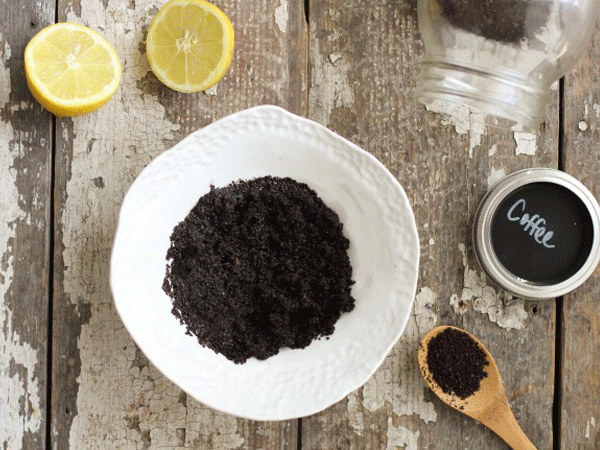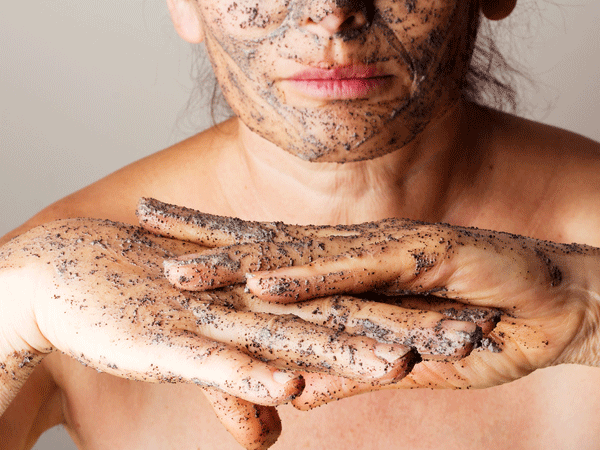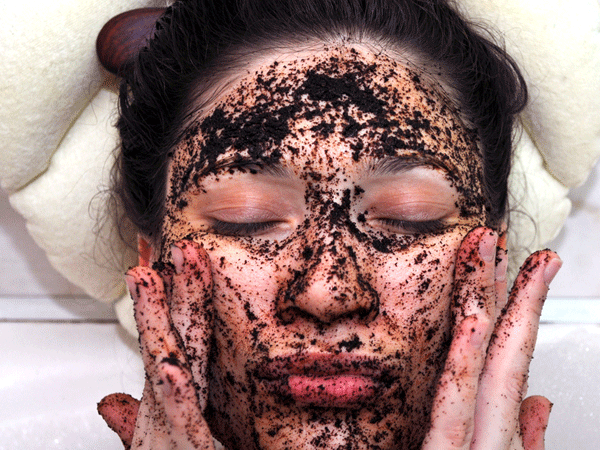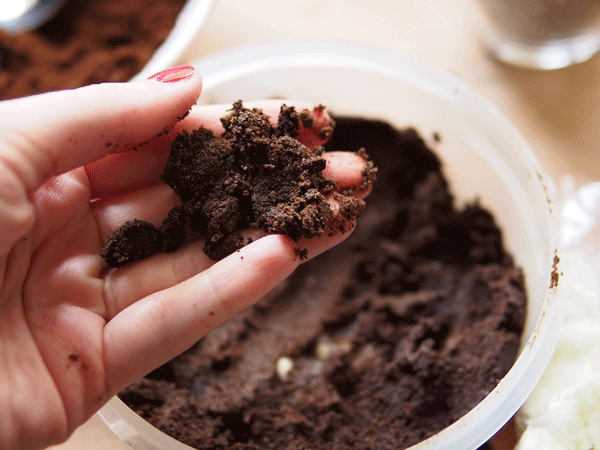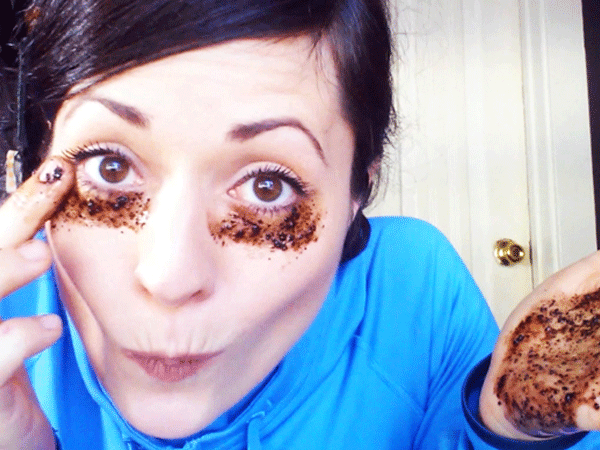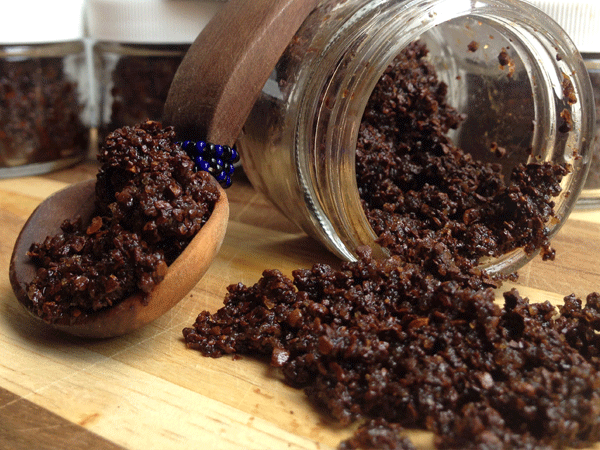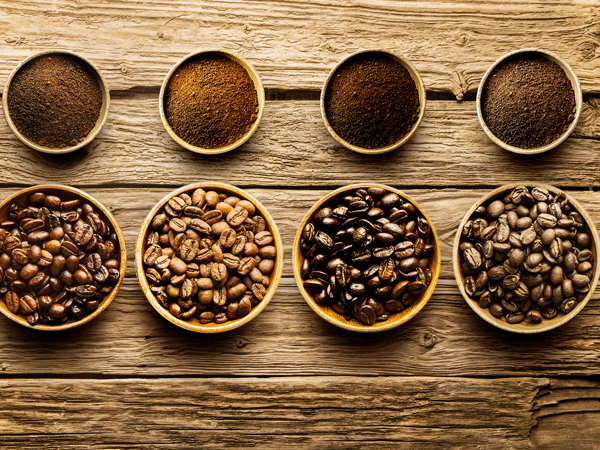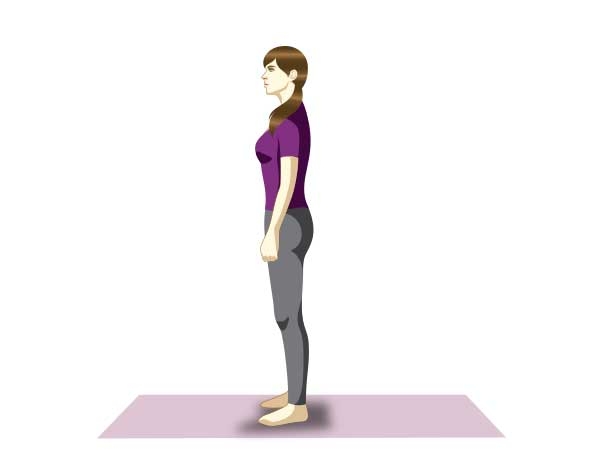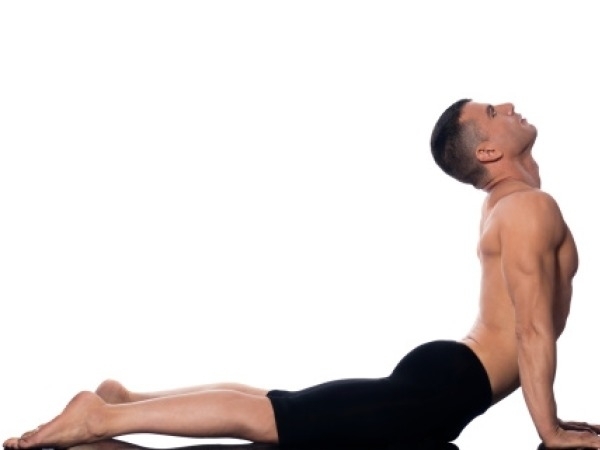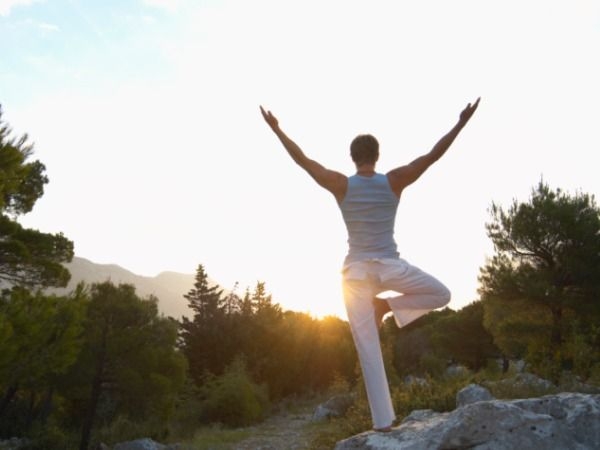Sun Salutation is considered a complete body workout. Yoga experts say that doing 12 sets of Surya Namaskar translates into doing 288 powerful yoga poses in a span of 12 to 15 minutes.
A workout for ‘busy bees’
Facing a time crunch? Want to feel fit but don’t know how? Welcome to the world of Surya Namaskar. Literally translated as sun salutation, Surya Namaskar comprises a sequence of 12 yoga postures. The best part about Sun Salutation is that it works well for those ‘super busy’ people who often complain about not being able to do yoga because of a time crunch. Doing at least 12 sets of Sun Salutation, preferably at sunrise, at a fast pace provides a good cardiovascular workout. If done at a slower pace, these postures help tone the muscles and can be relaxing and meditative. Moreover, it allows you to enjoy the stretch and makes the body more flexible
via Bollywoodlife.com
An exercise in itself
Sun Salutation forms an excellent link between warm-ups and intense yoga postures. Start your early morning yoga routine with some warm-up stretches to ease out body stiffness. You can then do a few rounds of Sun Salutation to help increase body flexibility and also prepare the body to stretch more during the intense yoga posture sequence.
Why Sun Salutation is good for you?
But that’s not all. Regular practice of Sun Salutation offers a lot of interesting benefits for every part of the body. These powerful yoga poses have a great impact on the heart, liver, intestine, stomach, chest, throat, and legs – the whole body from top to bottom. It purifies the blood and improves blood circulation throughout the body and ensures proper functioning of the stomach, bowel, and nerve centres. Practicing Sun Salutation daily helps balance the three constitutions - Vata, Pitta and Kapha - that the body is made up of.
Your guide to Sun Salutations
Step #1: Pranamasana (Prayer pose)
Stand at the edge of your mat, keep your feet together and balance your weight equally on both the feet.
Expand your chest and relax your shoulders.
As you breathe in, lift both your arms up from the sides and as you exhale, bring your palms together in front of the chest in a prayer position
Step #2: Hastauttanasana (Raised arms pose)
Breathing in, lift the arms up and back, keeping the biceps close to the ears. In this pose, the effort is to stretch the whole body up from the heels to the tips of the fingers.
How to deepen this yoga stretch?
You may push the pelvis forward a little bit. Ensure you're reaching up with the fingers rather than trying to bend backwards.
Step #3: Hasta Padasana (Hand to foot pose)
Breathing out, bend forward from the waist, keeping the spine erect. As you exhale completely, bring the hands down to the floor, beside the feet.
How to deepen this yoga stretch?
You may bend the knees, if necessary, to bring the palms down to the floor. Now make a gentle effort to straighten the knees.
It's a good idea to keep the hands fixed in this position and not move them until you finish the sequence.
Step #4: Ashwa Sanchalanasana (Equestrian pose)
Breathing in, push your right leg back, as far back as possible. Bring the right knee to the floor and look up.
How to deepen this yoga stretch?
Ensure that the left foot is exactly in between the palms.
Step #5: Dandasana (Stick pose)
As you breathe in, take the left leg back and bring the whole body in a straight line.
How to deepen this yoga stretch?
Keep your arms perpendicular to the floor.
Step #6: Ashtanga Namaskara (Salute with eight parts or points)
Gently bring your knees down to the floor and exhale. Take the hips back slightly, slide forward, rest your chest and chin on the floor. Raise your posterior a little bit.
The two hands, two feet, two knees, chest and chin (eight parts of the body touch the floor).
Step #7: Bhujangasana (Cobra pose)
Slide forward and raise the chest up into the Cobra posture.You may keep your elbows bent in this pose, the shoulders away from the ears. Look up.
How to deepen this yoga stretch?
As you inhale, make a gentle effort to push the chest forward; as you exhale, make a gentle effort to push the navel down. Tuck the toes under. Ensure you're stretching just as much as you can; do not force your body.
Step #8: Parvatasana (Mountain pose)
Breathing out, lift the hips and the tail bone up, chest downwards in an 'inverted V' (/) posture.
How to deepen this yoga stretch?
If possible, try and keep the heels on the ground and make a gentle effort to lift the tailbone up, going deeper into the stretch.
Step #9: Ashwa Sanchalanasana (Equestrian pose)
Breathing in, bring the right foot forward in between the two hands, left knee down to the floor, press the hips down and look up.
How to deepen this yoga stretch?
Place the right foot exactly between the two hands and the right calf perpendicular to the floor. In this position, make a gentle effort to push the hips down towards the floor, to deepen the stretch.
Step #10: Hasta Padasana (Hand to foot pose)
Breathing out, bring the left foot forward. Keep the palms on the floor. You may bend the knees, if necessary.
How to deepen this yoga stretch?
Gently straighten the knees and if you can, try and touch your nose to the knees. Keep breathing.
Step #11: Hastauttanasana (Raised arms pose)
Breathing in, roll the spine up, hands go up and bend backwards a little bit, pushing the hips slightly outward.
How to deepen this yoga stretch?
Ensure that your biceps are beside your ears. The idea is to stretch up more rather than stretch backwards.
Step #12: Tadasana
As you exhale, first straighten the body, then bring the arms down. Relax in this position, observe the sensations in your body.
288 yoga poses in 12 minutes!
One round of Sun Salutation consists of 12 yoga poses. One set consists of two rounds of Sun Salutation:first stretching the right side of your body and then the left side. So, when you do 12 sets of Sun Salutation, you are completing 12 sets x 2 rounds in each set x 12 yoga poses in each = 288 yoga poses within 12 to 15 minutes.
Surya Namaskar calorie calculation:
One round of Surya Namaskar burns upto 13.90 calories for an average weighing person. You can now set a target for yourself. You can slowly increase the number of rounds of Surya Namaskar to 108. By the time you reach this number, you will become more toned and fitter.
30-minutes workout calorie meter: How many calories are you burning in your 30 minute workout?
Weight lifting = 199 calories
Tennis = 232 calories
Basketball = 265 calories
Beach volleyball = 265 calories
Football = 298 calories
Bicycling (14 – 15.9 mph) = 331 calories
Rock climbing = 364 calories
Running (7.5mph) = 414 calories
Surya Namaskar = 417 calories
*Data Courtesy: Sri Sri Ravi Shankar, Artofliving.org
*Card Image Courtesy: Artofliving.org & Shutterstock
Source : Indiatimes.com






